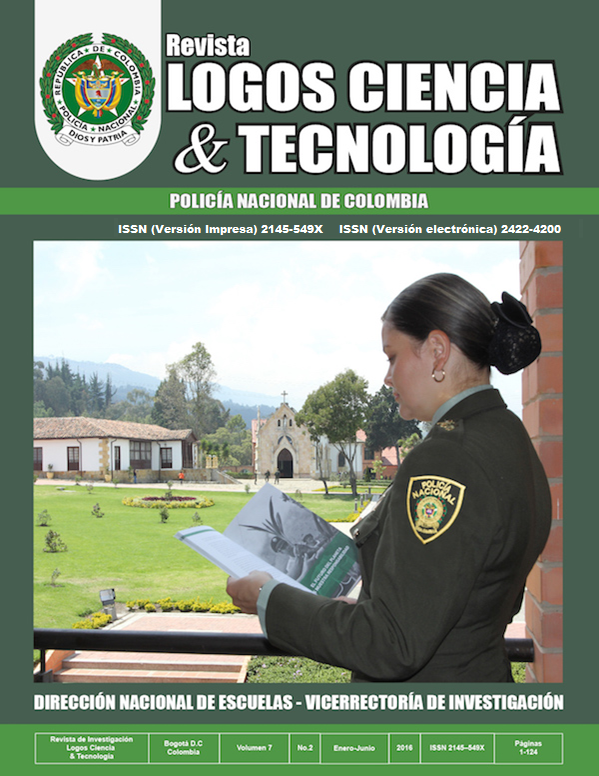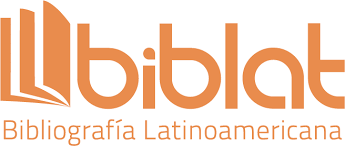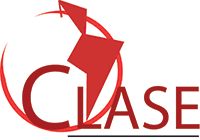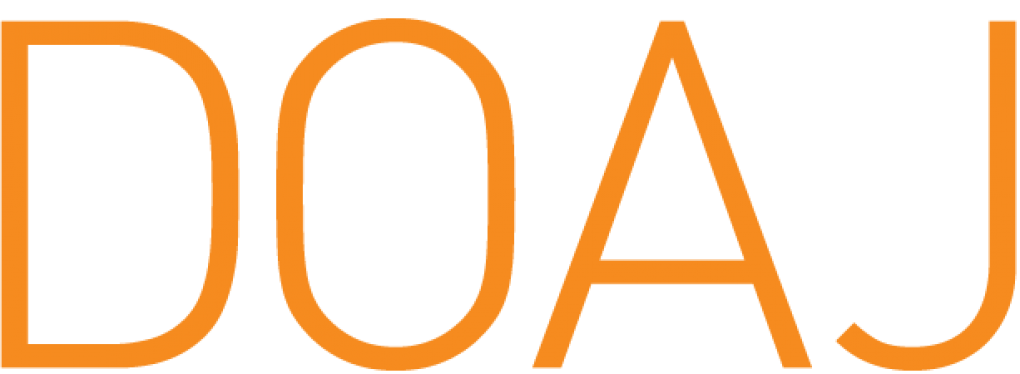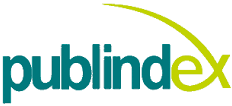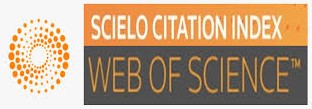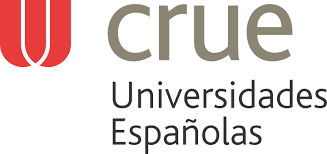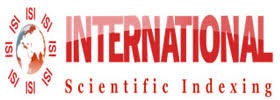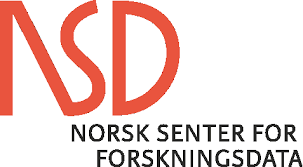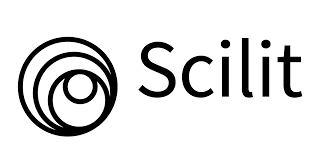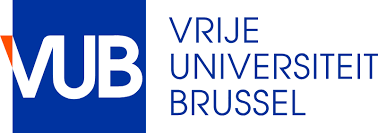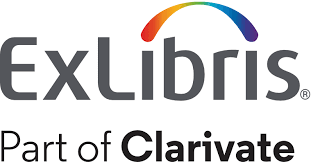Most influential people in the water quality of the river Bogota variables using data analysis
DOI:
https://doi.org/10.22335/rlct.v7i2.258Keywords:
data analysis, data mining, decision tree, impact variables, water quality indexAbstract
In this paper the analysis of data on water quality in the Bogotá river is performed of the 2008-2015 period provided by the Regional Autonomous Corporation (CAR) of Cundinamarca, by applying the different phases of data mining in order to check whether the identification of patterns of behavior and defining variables of greatest impact on water quality in the basin is possible.
Downloads
References
Castro, M., Almeida, J., Ferrer, J., & Diaz, D. (2014). Indicadores de la calidad del agua: evolución y tendencias a nivel global. Ingeniería Solidaria; Vol. 10, Núm. 17 http://doi.org/10.16925/in.v9i17.811
Chica, O., Galvis, N. & Madrid, J. (2007). Validación Métodos Analíticos en Aguas. Medellín., Validación.
Coronel-Picón, Y. R., Obregón-Neira, N., & Jiménez-Romero, G. L. (2012). Relationship Patterns between Biological Information and Physical and Socioeconomic Information. The Otun River Basin in Risaralda, Bogotá: UAN. 16.
Hernández Gómez, J. (2011). Inteligencia económica. Revista Logos Ciencia & Tecnología, 3(1), 37-55. doi:http://dx.doi.org/10.22335/rlct.v3i1.105
IDEAM. (2013). Hoja metodológica del indicador índice de calidad del agua. Bogotá: IDEAM, 11.
Marín Fonseca, R., Quintero Montenegro, D., & Medina Valencia, J. (2013). El rol de la gestión del conocimiento en la implementación de un Sistema Integrado de Gestión. Revista Logos Ciencia & Tecnología, 4(2), 33-41. doi:http://dx.doi.org/10.22335/rlct.v4i2.188
Medina Bejarano, R., & Pineda Torres, N. (2012). Globalización, tecnociencias y culturas relacionales. Revista Logos Ciencia & Tecnología, 4(1), 107-120. doi:http://dx.doi.org/10.22335/rlct.v4i1.173
Pourtaghi, Z. S., Pourghasemi, H. R., Aretano, R., & Semeraro, T. (2016). Investigation of general indicators influencing on forest fire and its susceptibility modeling using different data mining techniques. Ecological Indicators, 64, 72–84. http://doi.org/10.1016/j.ecolind.2015.12.030
Roland, E., Uhrmacher, A. & Saha, K. (2009). Data mining for simulation algorithm selection. Proceeding Simutools ‘09 Proceedings of the 2nd International Conference on Simulation Tools and Techniques, 14.
Rosado Gómez, A., & Verjel Ibáñez, A. (2015). Minería de datos aplicada a la demanda del transporte aéreo en Ocaña, Norte de Santander. Revista Tecnura, 19(45), 101-114. doi:http://dx.doi.org/10.14483/udistrital.jour.tecnura.2015.3.a08
Subdirecci C. A. R., Ambiental, D., & Rep, S. (2011). Boletín de calidad de las cuencas de la jurisdicción car 2011. Bogotá:CAR, 36p.
Tunjano Huerta, C., & Calvo Valencia, D. (2011). Evaluación de sustancias fitoprotectoras usadas como estrategia de neutralización de la acción del glifosato sobre cultivos de erythroxylum coca. Revista Logos Ciencia & Tecnología, 2(2), 26-31. doi:http://dx.doi.org/10.22335/rlct.v2i2.79
Vachaud, G., Chang, F.-J., Tsai, Y.-H., Chen, P.-A., & Coynel, A. (2015). Modeling water quality in an urban river using hydrological factors – Data driven approaches. Journal of Environmental Management, 151, 87–96. http://doi.org/http://dx.doi.org/10.1016/j.jenvman.2014.12.014
Vergel, M. Martínez, J. (2015). Filosofía gerencial seis sigma en la gestión universitaria. Revista Face, 15(2). 99-106
Downloads
Published
Issue
Section
License
This journal provides free and immediate access to its content (https://creativecommons.org/licenses/by/4.0/legalcode#languages), under the principle that making research available to the public free of charge supports greater global knowledge exchange. This means that the authors transfer the Copyrights to the journal, so that the material can be copied and distributed by any means, as long as the authors’ recognition is maintained, and the articles are not commercially used or modified in any way.
